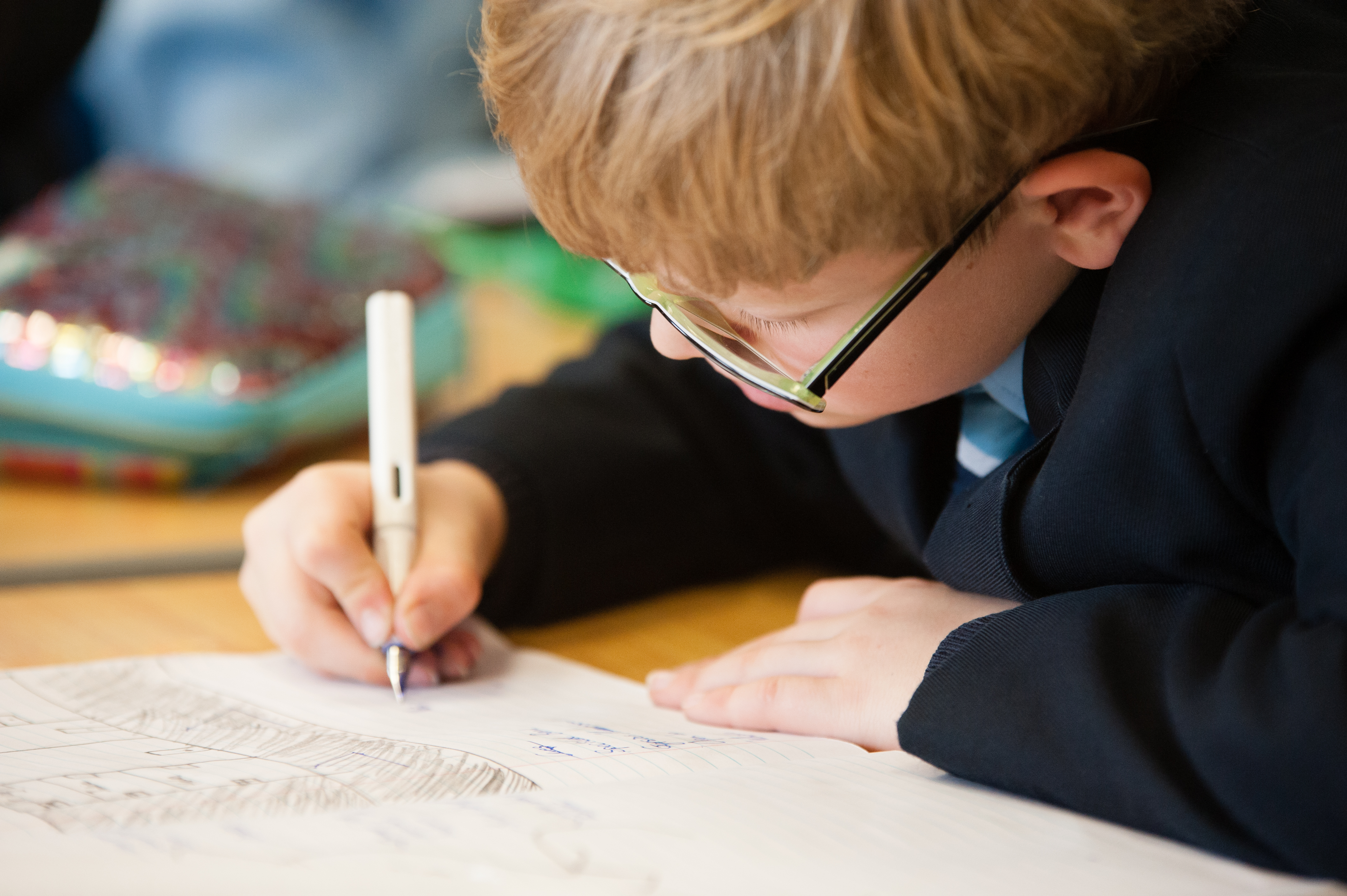
We are open!
Since the 23rd March, together with the rest of the UK, we have been in lockdown. The once busy corridors filled with laughter and happy children were only allowed to be open to the children of key workers. Whilst virtual learning has been successful, it doesn’t beat the face to face contact, so we were thrilled last week when the Government announced that as long as the classes do not exceed 15, we were allowed to open our doors to all the year groups. Seeing the pure excitement as the children lined up, following the social distancing rules, it was clear how happy they were to be back at school. This has only been made possible due to our long standing commitment to keeping class sizes small.
Class size is defined as the number of pupils in a class with one teacher. The average class size for primary schools is 27.1 pupils. However, the 2017 Government figures revealed that there were over half a million primary school pupils in classes of 31-35 children. In addition, 39,088 primary children were in classes of 36 or more pupils, and of these, 16,571 children in classes with 40 or more pupils.
At Hopelands Preparatory School we keep our classes small – at an average of just 12 pupils per class. Being a small, happy school, we are dedicated in enabling all our children to achieve their full potential.
Here are 7 reasons why your child could benefit from smaller class sizes.
- More attention from the teacher
The fewer pupils there are in a class, the more time and attention the teacher can give each one. A teacher will have more opportunity to get to know their pupils, observe how they work and help them improve on their weaknesses. All our teachers get to know each child personally and make a positive contribution to their development. This is not so easy in larger classes as any specific weaknesses or lack of confidence can go unnoticed for a longer period. - Better academic results
Research has been carried out that links smaller class sizes to achieving greater academic results. Here at Hopelands we seek out the innate talents in each child and provide additional assistance and encouragement where needed. In the last 2 years we have had an average of 95% of our pupils go on to one of the many excellent local Grammar Schools. For a non-selective school, we believe that this says a great deal about the quality of our teaching and learning. - Quieter classes
The more children in a class, the noisier it becomes. For some children this can be a real distraction and can lead to many disruptions of the lesson being taught. We believe a lesson should be focused on learning and ensuring the children understand what is being taught rather than becoming distracted. - Pupil confidence
With smaller class sizes pupils feel more confident to put their hand up and ask questions. They feel more at ease contributing their own ideas and feel less intimidated if they do not understand something. This helps strengthen a teacher and pupil relationship and the pupil becomes more engaged in the learning. In larger class sizes, it is easier to ‘hide’ behind the other pupils which could lead to not being able to understand the lesson or they could become bored which can lead to disruptive behaviour. - Social benefits
Being at school is not just about how well you achieve academically. It is also about learning positive social skills. At Hopelands we work to build resilience, this is achieved through our secure environment which promotes positive attitudes in every child, so they feel able to take risks and become more confident. We also believe in respect; manners are very important to us and each child is taught to be respectful and courteous to each other and staff. All of this will translate positively into the workplace later in life. - Tailored instruction
With larger class sizes it can be incredibly difficult for a teacher to keep all the pupils fully engaged as their range of abilities could be extreme. With smaller class sizes a teacher will be able to tailor the way they teach to suit the abilities of all the individuals in the class and not just those who need the most help. At Hopelands when we identify an extra learning need, we have the facilities to break into smaller groups to be able to focus on a specific area. - Being able to teach!
Behind every teacher sits a mountain of administration work. Lesson planning, marking work, sourcing educational events and numerous administration tasks. Being a teacher isn’t just about teaching. In larger class sizes, the actual teaching can become sidelined for all their other non-teaching tasks. The benefits of having a smaller class size enables the teacher to spend more time focused on doing the job they signed up for – being able to teach!

